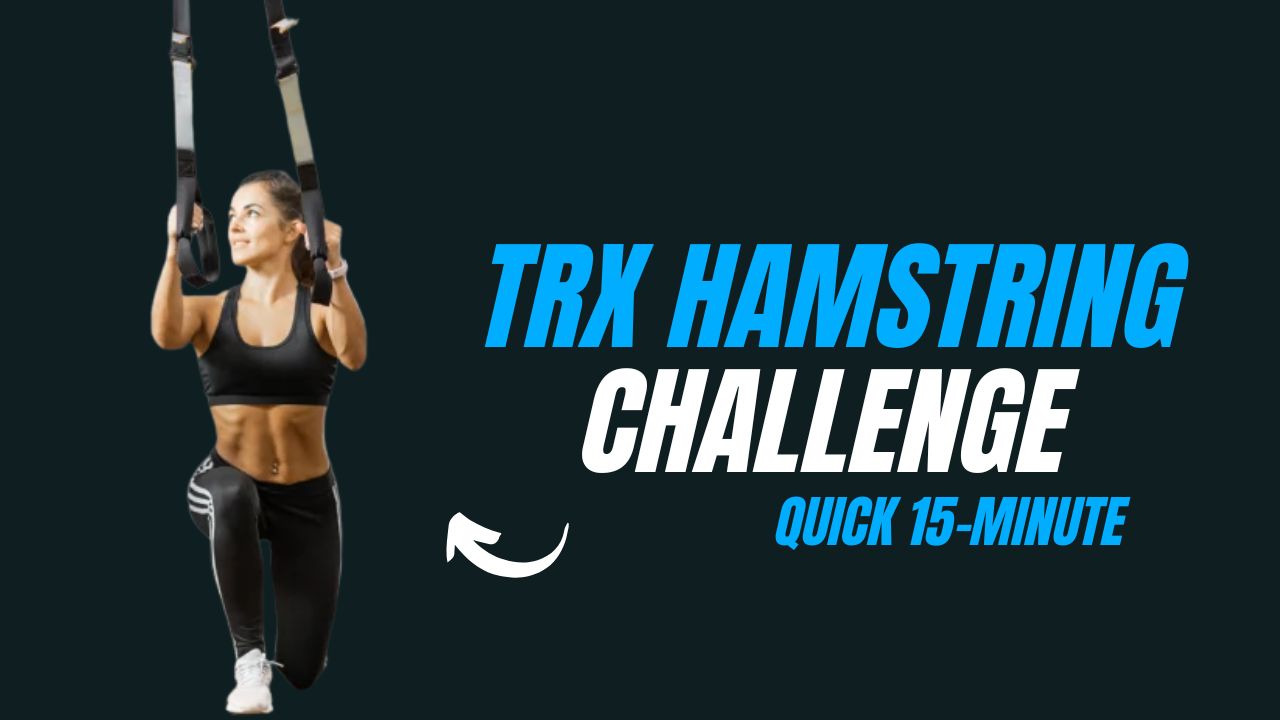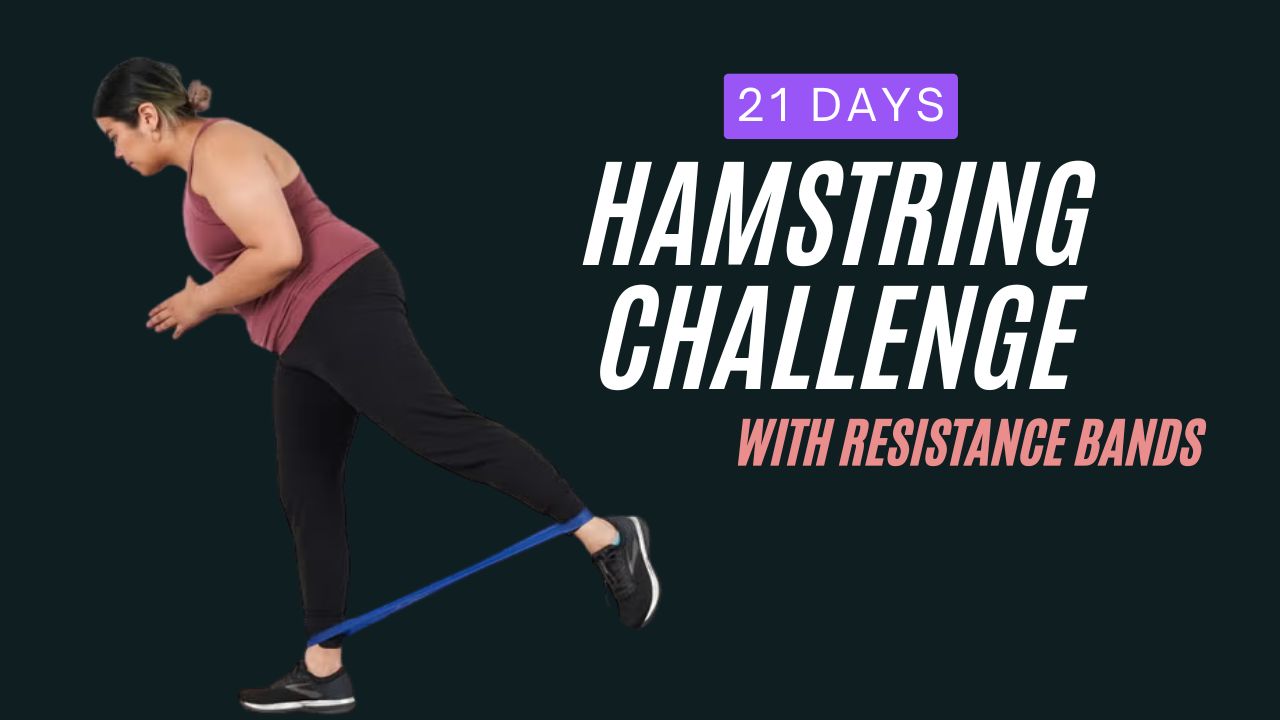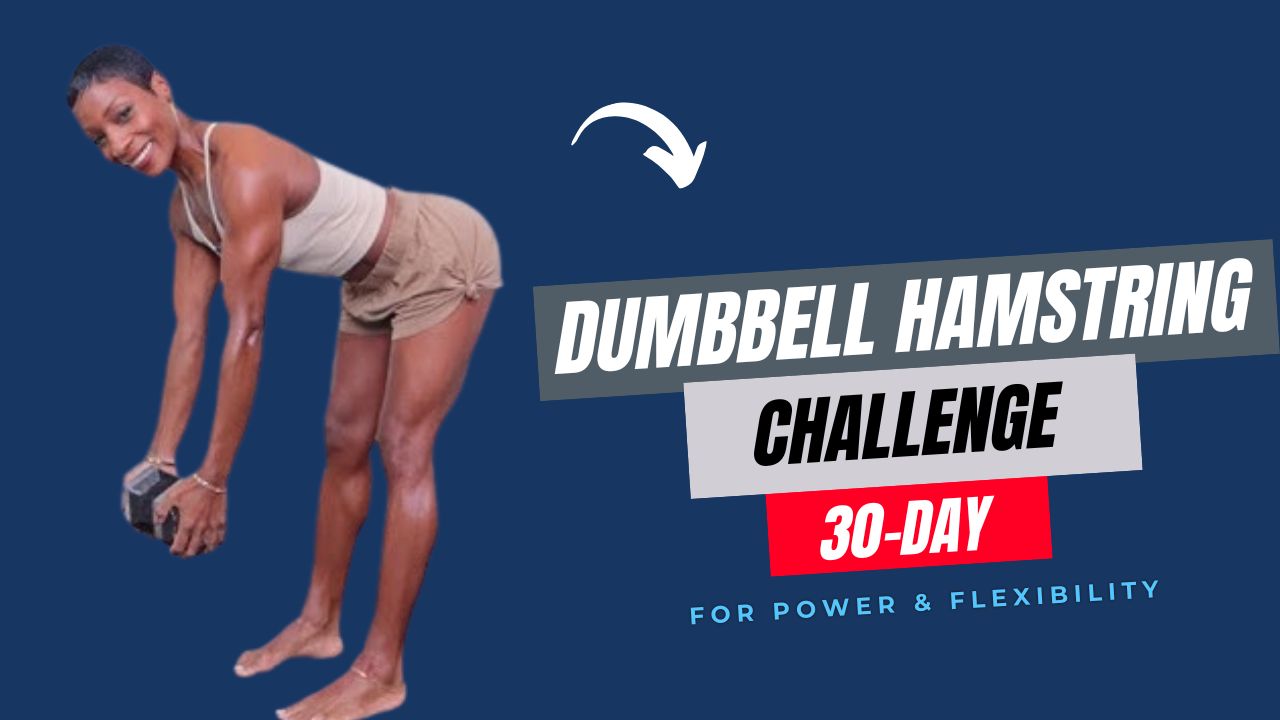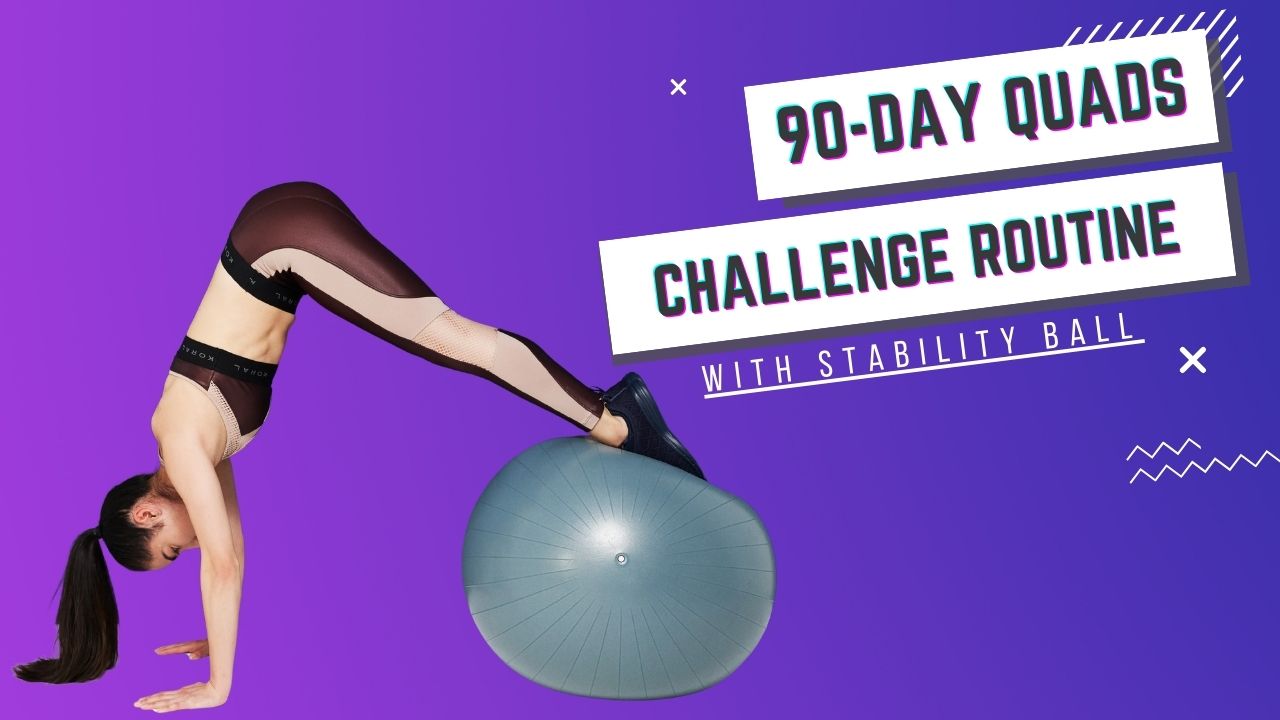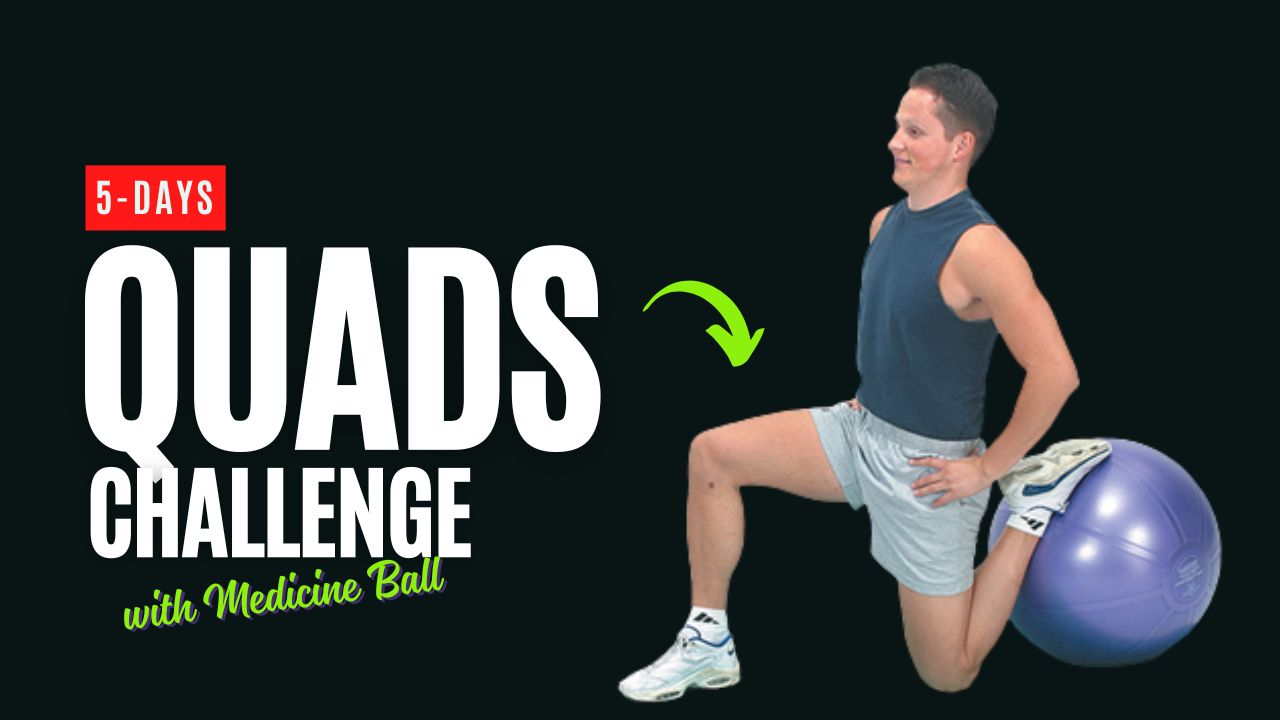Did you know? Adding a Swiss Ball to your chest workouts not only enhances muscle activation but also improves core stability and balance—giving you more gains with less weight.
Whether you’re training at home or just want to fire up your pecs in a new way, the Swiss Ball offers a dynamic twist to the classic chest routine.
Let’s explore 9 powerful Swiss Ball chest moves that will sculpt, stabilize, and strengthen—no bench required.
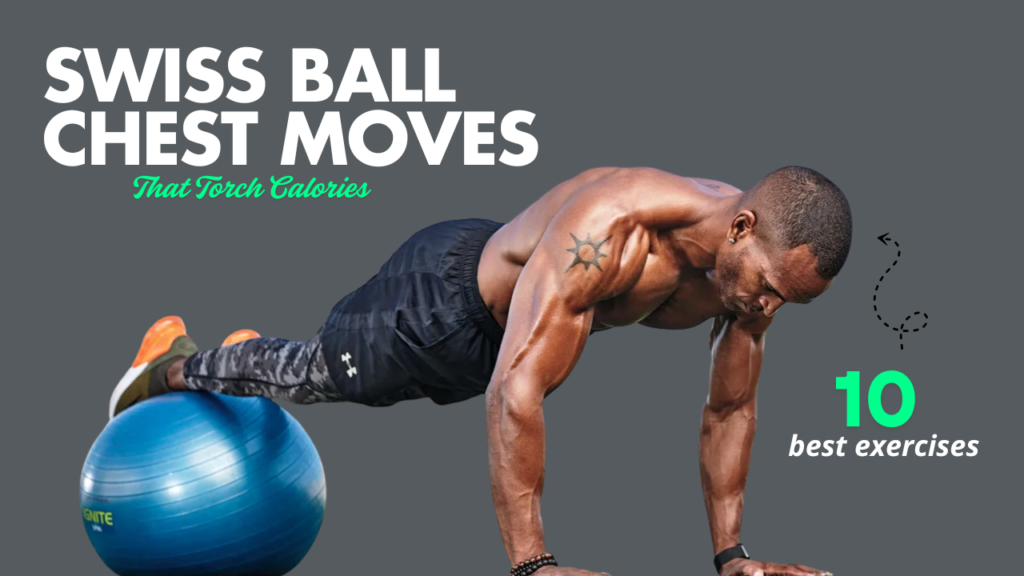
Table of Contents
Why Use a Swiss Ball for Chest Training?
The Swiss Ball isn’t just for crunches. When used properly, it turns your body into an unstable system that forces multiple muscle groups to activate simultaneously—especially your chest, shoulders, triceps, and core.
Benefits:
- Greater chest activation due to instability
- Enhanced balance and core control
- Joint-friendly range of motion
- Accessible and space-saving (ideal for home workouts)
Myth Buster: Many believe Swiss Balls are only good for warmups or rehab—but studies show they increase muscle engagement compared to stable surfaces during pressing exercises.
What Can Happen After 30 Days of Swiss Ball Chest Exercises
| Positive Changes | Why It Matters |
|---|---|
| Noticeably stronger chest and triceps | Improved upper body pushing power for daily tasks and workouts. |
| Increased core stability and posture | Helps reduce back pain and improves overall movement control. |
| Enhanced muscle tone and chest definition | Visible improvements without needing heavy gym equipment. |
| Better balance and coordination | Translates to safer, more efficient movement in sports or everyday life. |
| Improved joint control and shoulder mobility | Reduces risk of injuries, especially in pressing and lifting motions. |
| Boosted body awareness and muscle control | Builds better mind-muscle connection and workout efficiency. |
| Confidence from mastering instability-based training | Makes you more capable and comfortable with advanced fitness levels. |
Do’s and Don’ts of Swiss Ball Chest Training
| Do’s | Don’ts |
|---|---|
| Start with lighter weights to master balance and form. | Don’t jump into heavy weights without stabilizing your body first. |
| Keep your core tight and glutes engaged throughout the movement. | Don’t let your hips sag—this puts pressure on your lower back. |
| Choose the right-sized Swiss Ball based on your height. | Don’t use an oversized or undersized ball—it affects posture and safety. |
| Move slowly and with control to maximize muscle activation. | Don’t rush your reps—you’ll lose form and reduce effectiveness. |
| Breathe naturally—inhale down, exhale on the press. | Don’t hold your breath, especially during unstable movements. |
| Use the Swiss Ball on a non-slippery surface. | Don’t perform these exercises on slick floors or near sharp edges. |
| Warm up your shoulders and core before starting. | Don’t skip warm-ups—it increases the risk of injury. |
| Incorporate variety—presses, flys, push-ups, and holds. | Don’t do only one movement—diversity trains more muscle fibers. |
| Focus on posture and alignment throughout. | Don’t slouch or let your spine arch excessively. |
The 9 Must-Try Swiss Ball Chest Moves
1. Swiss Ball Dumbbell Chest Press
How to do it:
- Sit on the ball with dumbbells in hand.
- Walk feet forward until your upper back is supported by the ball, hips lifted.
- With core tight, press the dumbbells upward over your chest.
- Lower slowly with control and repeat.
Why it works: Replicates a flat bench press, but the unstable surface fires up your core and stabilizers.
Pro Tip: Don’t go too heavy—form and control matter more.
2. Swiss Ball Push-Ups
How to do it:
- Place hands shoulder-width apart on the ball.
- Keep your body in a straight line from head to heels.
- Lower your chest to the ball, then push back up.
Why it works: Challenges pecs, triceps, and shoulders while demanding balance and body control.
Variation: Beginners can place knees on the ground; advanced users can lift one foot during reps.
3. Swiss Ball Incline Chest Press
How to do it:
- Lie with your upper back resting higher on the ball (to mimic incline).
- Keep hips lifted and core tight.
- Press dumbbells upward at a 45-degree angle.
Why it works: Targets the upper chest more directly than a flat press.
Did You Know? Slight angle shifts on the ball can emphasize different areas of the chest.
4. Swiss Ball Chest Flys
How to do it:
- Get into the chest press position.
- Start with dumbbells extended, palms facing each other.
- Lower the arms out wide (like opening a hug), slight bend in elbows.
- Bring weights back to center, squeezing the chest.
Why it works: Deep stretch plus strong contraction = maximum pec engagement.
Tip: Keep movements slow to avoid straining shoulders.
5. Swiss Ball Decline Push-Ups
How to do it:
- Place your shins or feet on the ball and hands on the floor.
- Lower your chest to the ground, keeping your body straight.
- Push back up through your chest and arms.
Why it works: Builds lower chest strength and adds intensity due to the decline angle.
Challenge Mode: Try rolling the ball in toward your chest between reps.
6. Swiss Ball Alternating Dumbbell Press
How to do it:
- Get into the same setup as the chest press.
- Press one dumbbell up while keeping the other lowered.
- Alternate slowly, maintaining core control.
Why it works: Forces anti-rotational core stability while working each side of the chest independently.
Fun Fact: Unilateral movements can correct strength imbalances over time.
7. Swiss Ball Plyo Push-Ups
How to do it:
- Start in a push-up position with hands on the ball.
- Lower down and explode upward, releasing your hands briefly.
- Land softly and repeat.
Why it works: Builds explosive power and fast-twitch muscle response in the chest and triceps.
Warning: This is an advanced move—master regular push-ups first.
8. Swiss Ball Squeeze Press
How to do it:
- While in a chest press position, hold two dumbbells together.
- Squeeze them inward as you press up and down.
Why it works: Maximizes inner chest contraction by maintaining constant tension.
Insider Tip: It’s more about squeeze than weight—light dumbbells can still burn.
9. Swiss Ball Isometric Chest Hold
How to do it:
- Sit on the ball and hold a light medicine ball or dumbbell between your palms at chest level.
- Press your palms together hard and hold for 30 seconds.
Why it works: Builds isometric strength in the chest and improves muscle endurance.
Great for: Warmups or burnout finishers.
What Happens When You Do These for 30 Days?
| What Improves | Why It Matters |
|---|---|
| Chest strength | You’ll lift better and look more defined. |
| Core engagement | Better posture and reduced back pain. |
| Joint stability | Lowers injury risk in everyday movements. |
| Balance & control | Improves performance in other workouts. |
| Chest size & shape | Functional growth with visible definition. |
Tips for Swiss Ball Chest Training Success
- Use a ball that lets your knees bend at 90° when sitting.
- Start with lighter weights and focus on form.
- Keep your hips lifted and core engaged at all times.
- Breathe naturally—don’t hold your breath during unstable movements.
- Rest 30–60 seconds between sets depending on your fitness level.
Final Thoughts
Swiss Ball chest moves are the perfect blend of strength and function. They not only target your pecs with precision but also engage your stabilizers in every rep—something traditional benches often overlook.
Whether you’re training at home or adding variety to your gym workouts, these 9 exercises offer a fresh challenge with real-world benefits. Try them for 4 weeks and feel the difference—your chest (and core) will thank you.
Frequently Asked Questions (FAQs)
Can I build chest muscles using just a Swiss Ball?
Yes! While it may not match heavy barbell training, Swiss Ball chest exercises effectively build muscle using stability, time under tension, and controlled resistance. They’re especially great for functional strength and toning.
Are Swiss Ball chest exercises suitable for beginners?
Absolutely. Many moves like the Swiss Ball Dumbbell Press or Push-Ups can be modified for beginners. Start with lighter weights and simpler variations, then progress as your balance and strength improve.
Is it safe to lift weights on a Swiss Ball?
Yes, as long as you maintain proper form and don’t go too heavy. The goal is not max strength but controlled, multi-muscle activation. Always keep your core tight and feet flat for stability.
How often should I do these Swiss Ball chest exercises?
You can perform these 1–2 times per week, allowing at least 48 hours of recovery between sessions to allow your muscles to grow and recover.
Can I replace my bench with a Swiss Ball permanently?
For most bodyweight and dumbbell workouts—yes. However, if your goal is maximum hypertrophy (muscle size) or powerlifting, traditional benches may still be useful. A combined approach works best for most people.
Do Swiss Ball exercises help with posture or back pain?
Yes. Since these exercises engage your core muscles and improve balance, they often lead to better postural alignment and can reduce strain on your lower back over time.
How many reps and sets should I do?
Aim for 3–4 sets of 8–15 reps, depending on the movement. Use higher reps for bodyweight moves and moderate reps with weights. Focus on slow, controlled movement over speed.
Can I combine Swiss Ball chest exercises with other workouts?
Absolutely! You can pair them with Swiss Ball core, leg, or back exercises to create a full-body functional routine, or integrate them into supersets for time efficiency.





